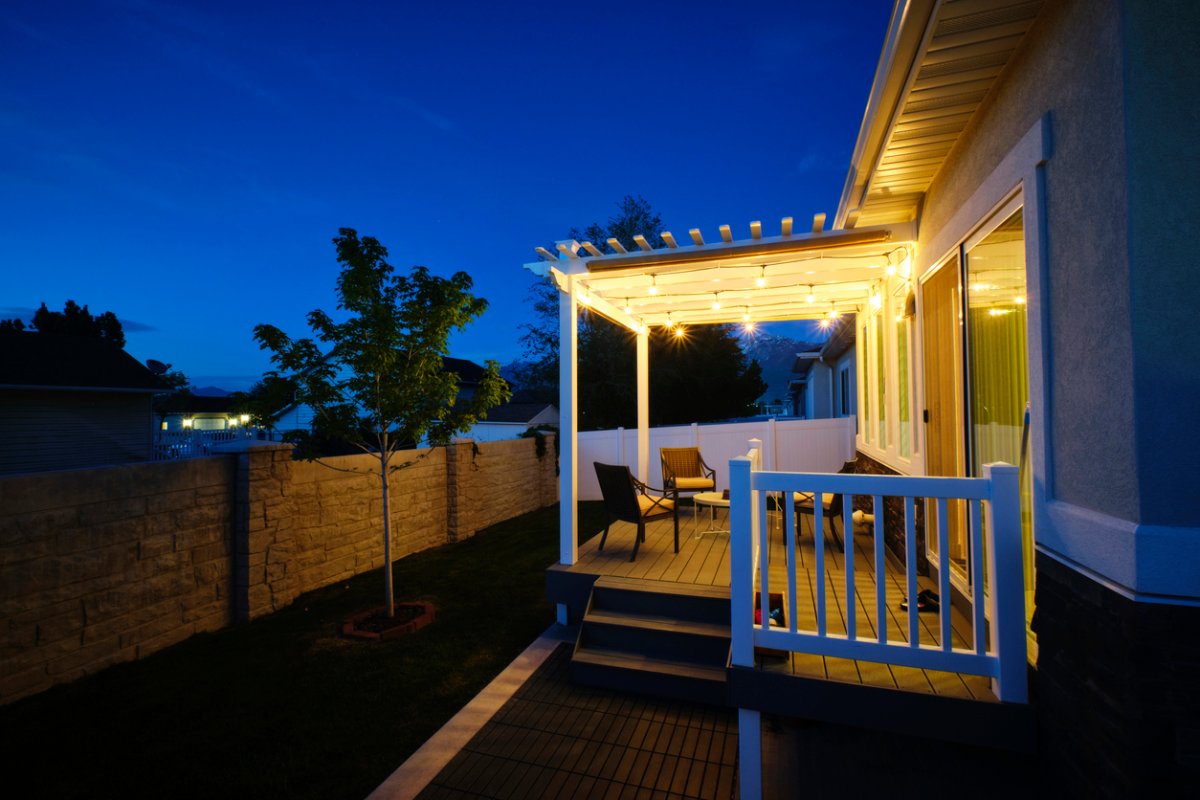We may earn revenue from the products available on this page and participate in affiliate programs. Learn More ›
Pergolas and gazebos are two common structures that can enhance an outdoor space. They both help bring shade to a yard and offer some protection against the elements. Of the two, pergolas are simpler to build yourself and may be an ideal DIY project for a long weekend.
The pergola plans featured below can take the guesswork out of your DIY building process. Each set supplies a list of the materials, dimensions, and cuts needed to craft your own semi-shaded outdoor spot built for relaxation and entertainment.
1. Classic Pergola
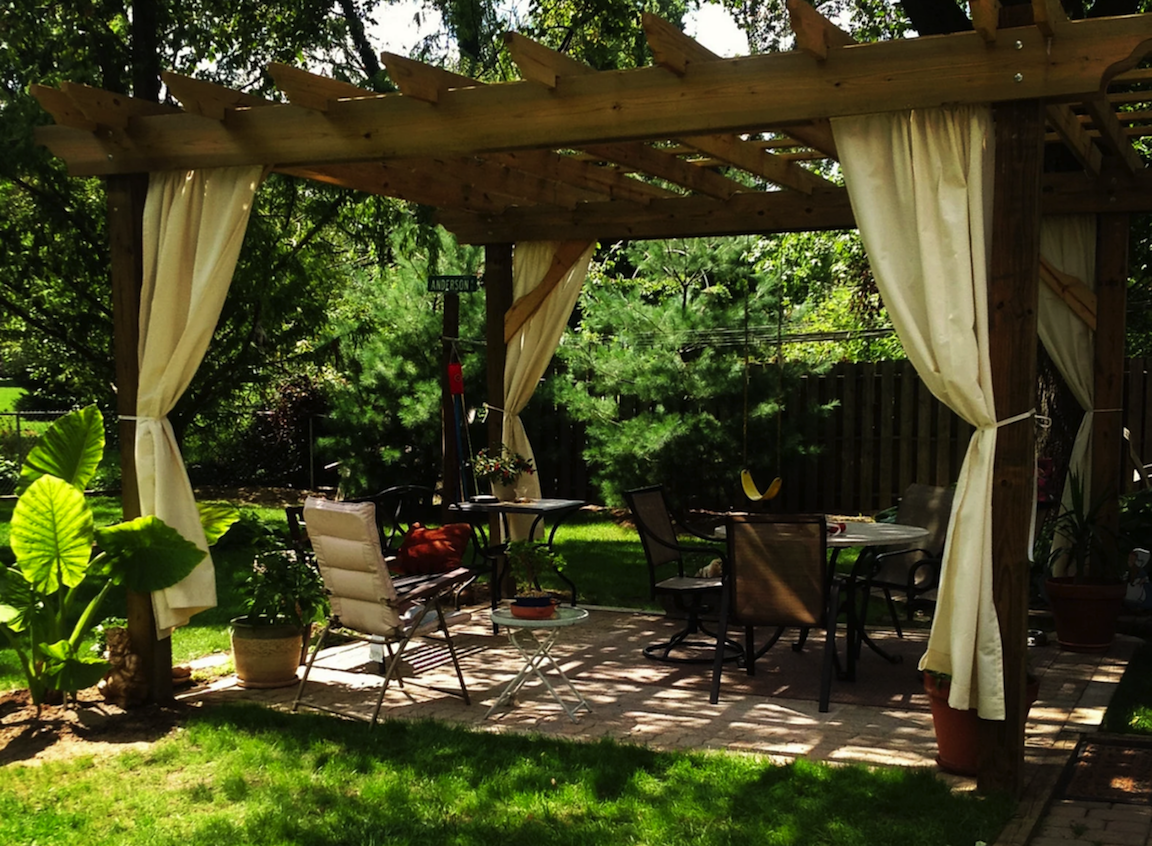
These downloadable plans help make pergola construction easier. They include detailed photographs and step-by-step directions to help you make a pergola, with four options measuring between 10 and 16 square feet. You’ll need a drill, jigsaw, measuring tape, bolts, screws, and lumber. Outdoor curtains like those pictured above would make for a gorgeous finishing touch.
Get the OWGardenVintage Garden Pergola Plans on Etsy for $10.
2. Modern Pergola
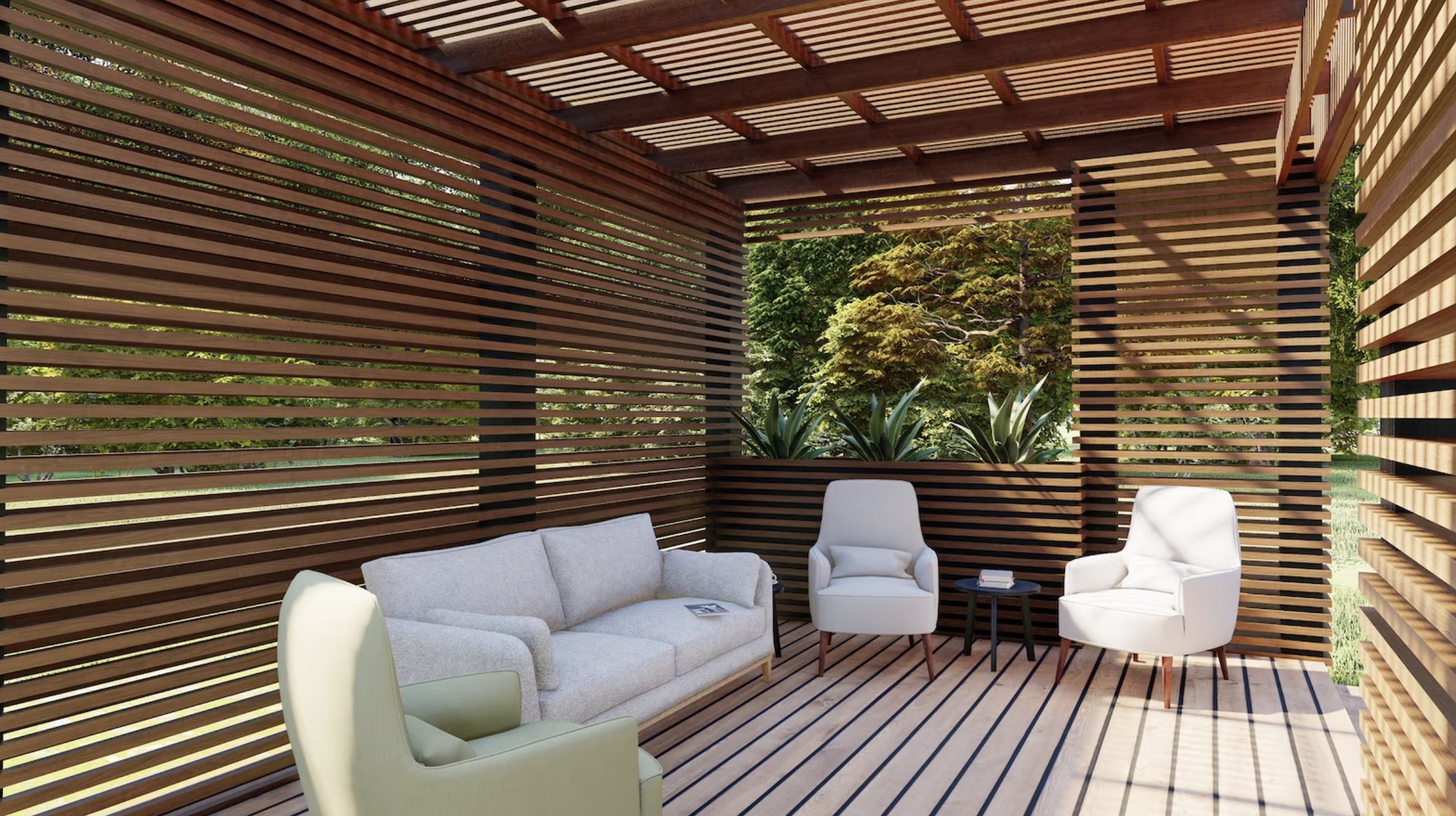
Available for instant download, these pergola design plans can be used to build a modern pergola. The comprehensive plans offer clear directions and diagrams to help you build a 12-foot by 16-foot space,. The pergola design is closed off on one side, and partially open on the other three sides, making this a good option for those who are looking to add some privacy to the backyard. Comes with a materials list, cut list, tools list, and is available in metric or imperial measurements.
Get the LINEAARTS Pergola Plans on Etsy for $32.
3. Outdoor Sanctuary
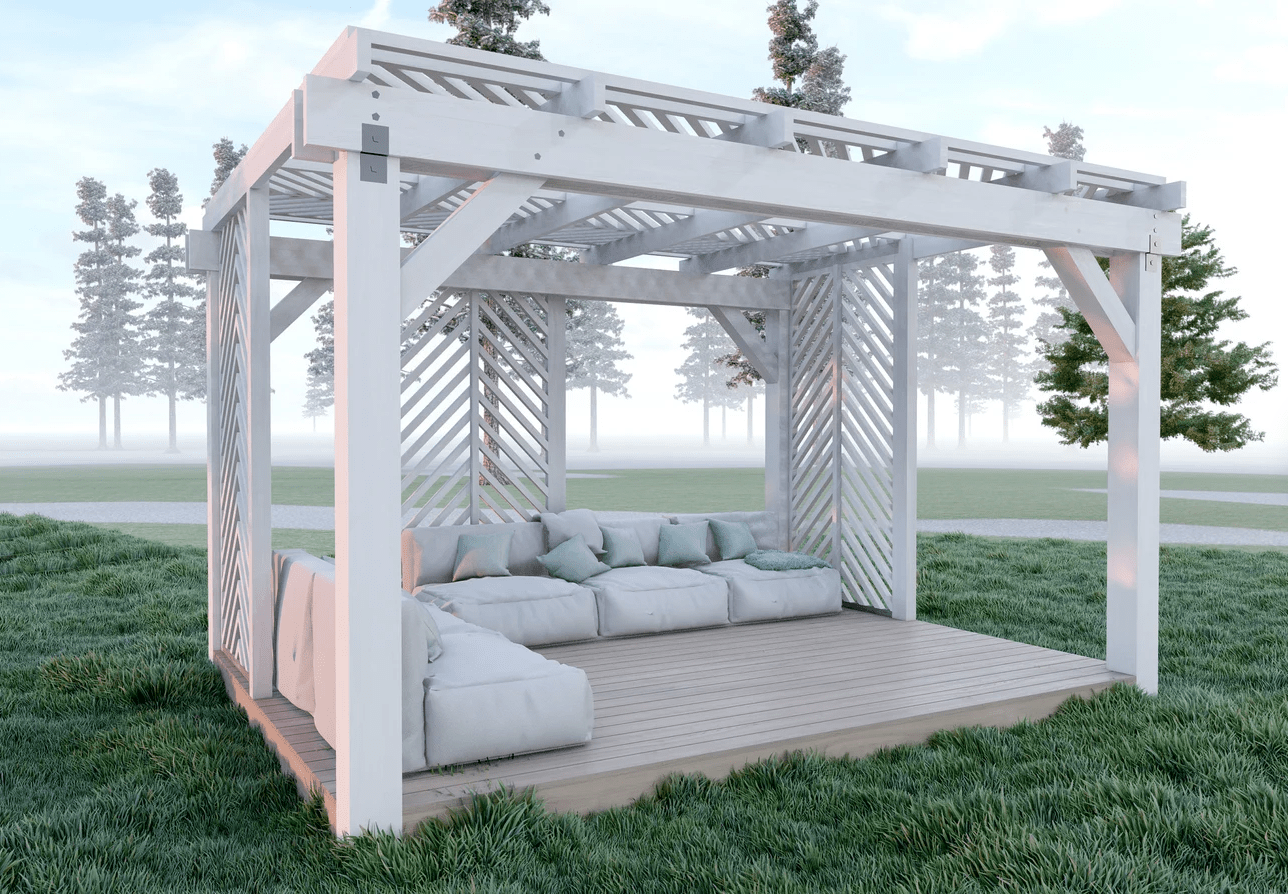
Add a touch of charm to the backyard using these DIY pergola plans. Once constructed, this exquisite pergola will be 12 feet wide and 16 feet long. The plans include photographs, drawings, clear directions, a materials list, and a tools list to help you through each step of the building process.
Get the LINEAARTS Pergola Plans on Etsy for $18.
4. Pergola Pavilion

If you want to build a pergola with a roof, these plans may be just what you need. This 15-foot by 22-foot covered pergola pavilion can provide a spacious outdoor retreat. The plans are designed to be simple with multiple pictures, videos, FAQs, easy-to-follow instructions, and material lists.
Get the ElevatedSpacesShop Modern Pergola Plans on Etsy for $16.15.
5. Pergola Lounge
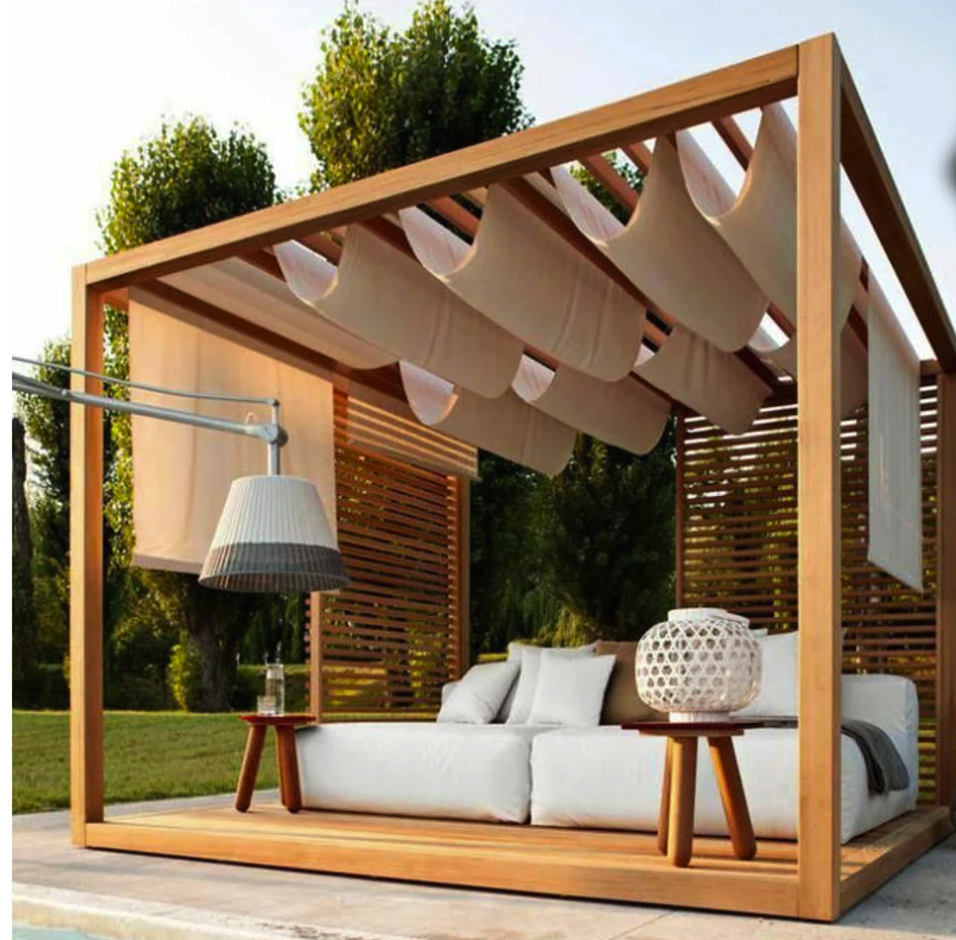
Those who are searching for a classy, relaxing backyard pergola may love the look and feel of this option. With these do-it-yourself pergola plans, you can build an outdoor lounge area in which you’d be happy to pass a lazy day. A shopping list, cut list, and step-by-step directions are included with downloadable plans.
Get the DoitYourSelfPlanner Pergola Plans on Etsy for $11.67.
6. Deck/Patio Pergola
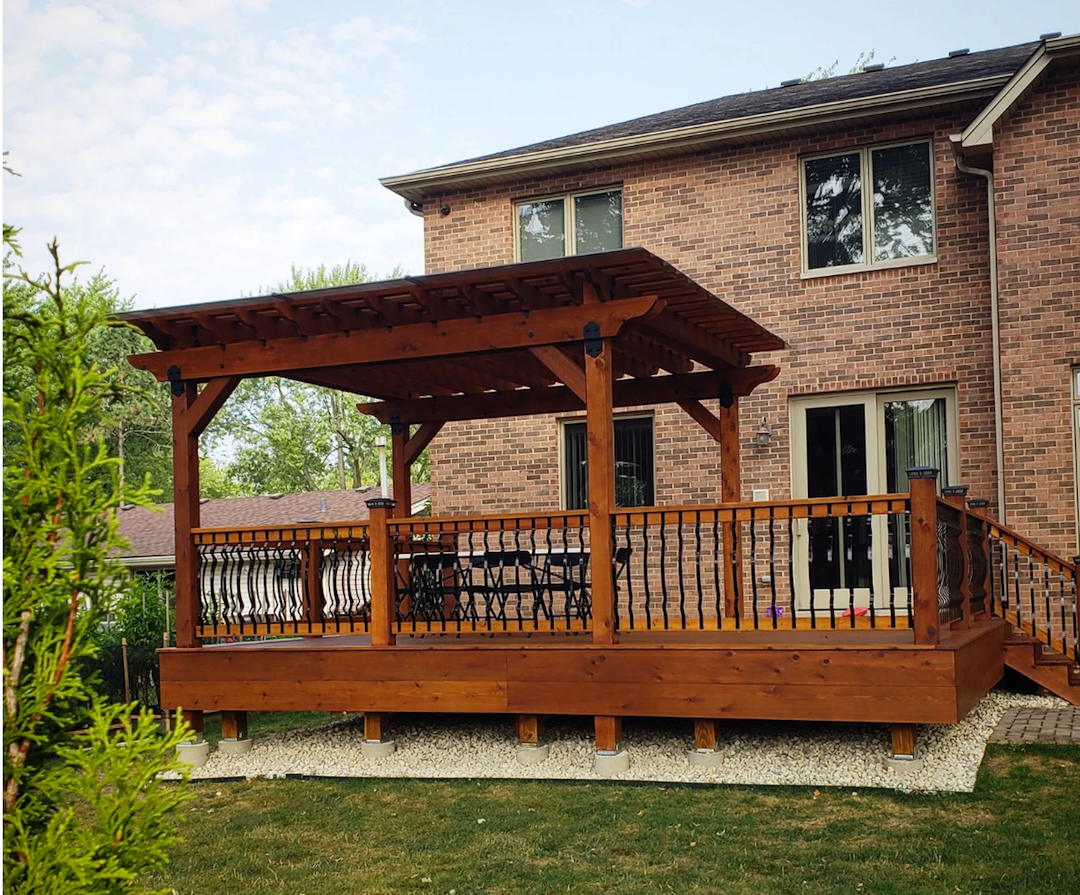
Build this pergola on a patio or deck for a stylish, cohesive look. The plans are designed for those with basic woodworking skills, and only a few tools are necessary to craft a 16-square-foot pergola. To help you through the building process, a materials list, tool list, cut list, 3D diagrams, drawings, and necessary measurements are all included with the digital plans.
Get the WolfSpiritWoodWork Pergola Plans on Etsy for $9.87.
7. Sleek, Stylish Pergola
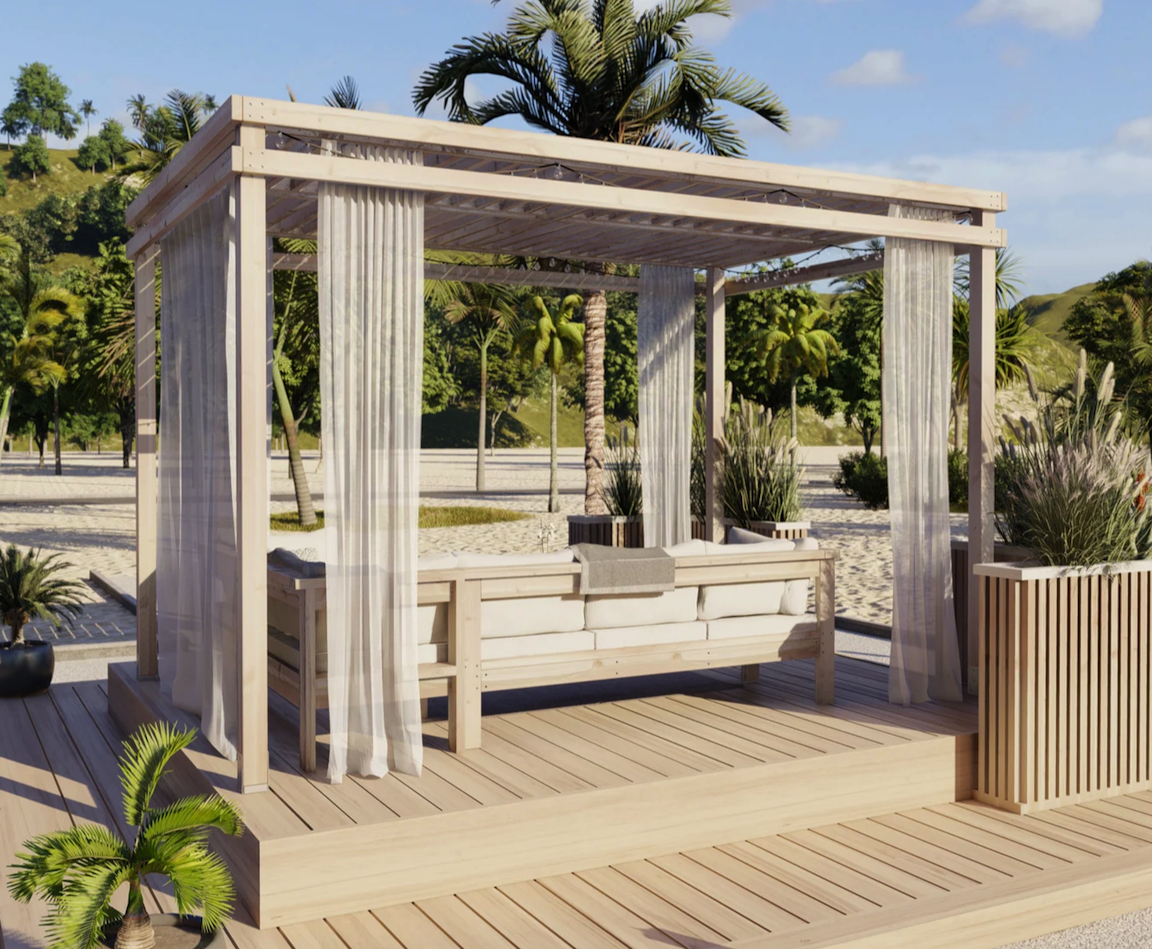
Bring both elegance and shade to your backyard space using these wood pergola plans, which look like something out of a movie—or a Hollywood poolside. Even those who are new to woodworking may find that these plans are easy to follow; they include clear directions, supplies lists, 3D illustrations, and links to various resources and tools.
Get the GoodDIYplans Pergola Plans on Etsy for $9.98.
8. Garden Arbor
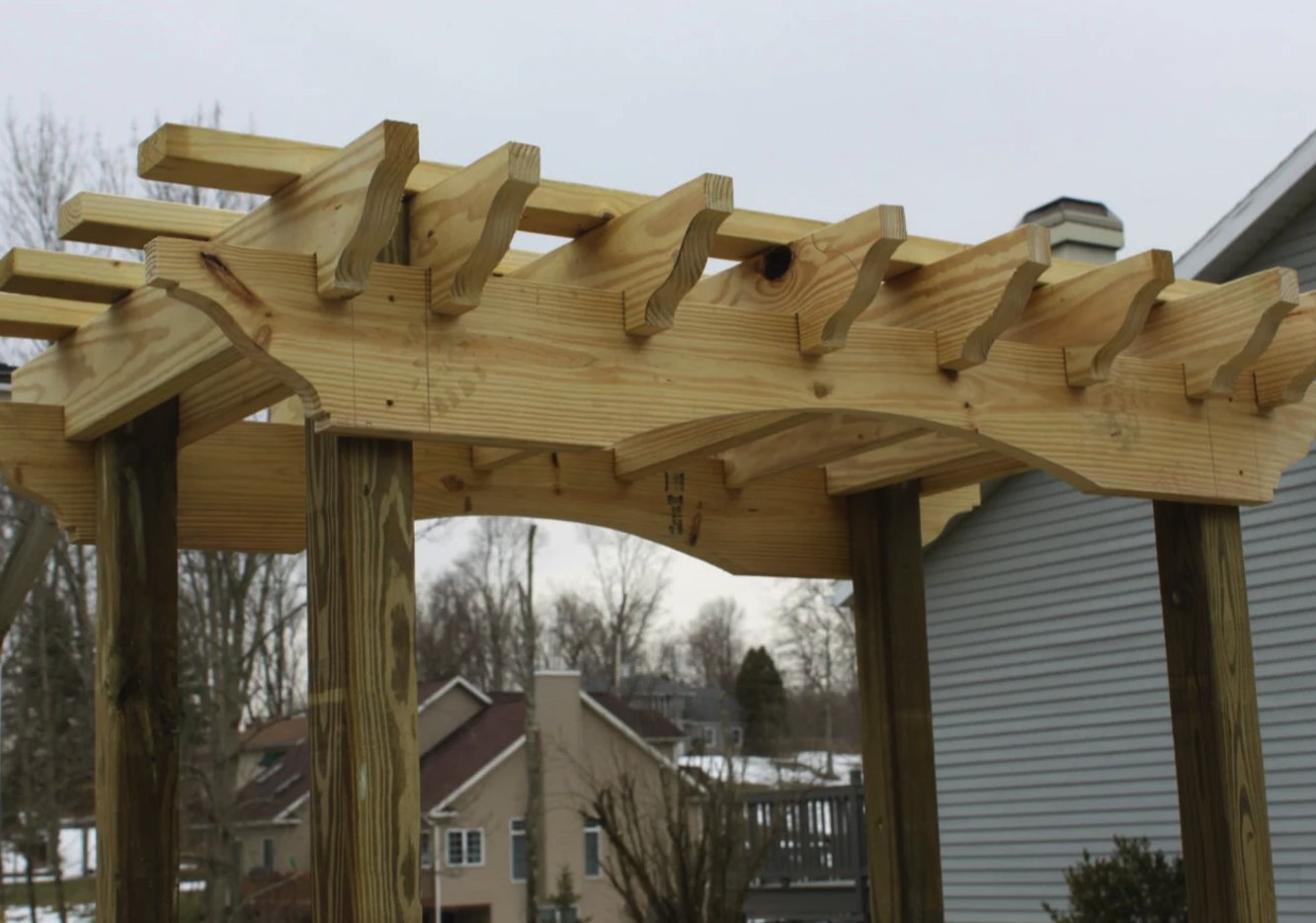
If you don’t have space for a full-size pergola in your backyard, consider downloading these plans for crafting a gorgeous garden arbor. Build the trellis over a walkway or in the garden to draw attention to the space or showcase climbing roses. Clear photographs, step-by-step directions, and a tool list are included to help you build this trellis in as little as 1 day.
Get the OWGardenVintage Garden Arbor Plans on Etsy for $10.
9. Spacious Pergola
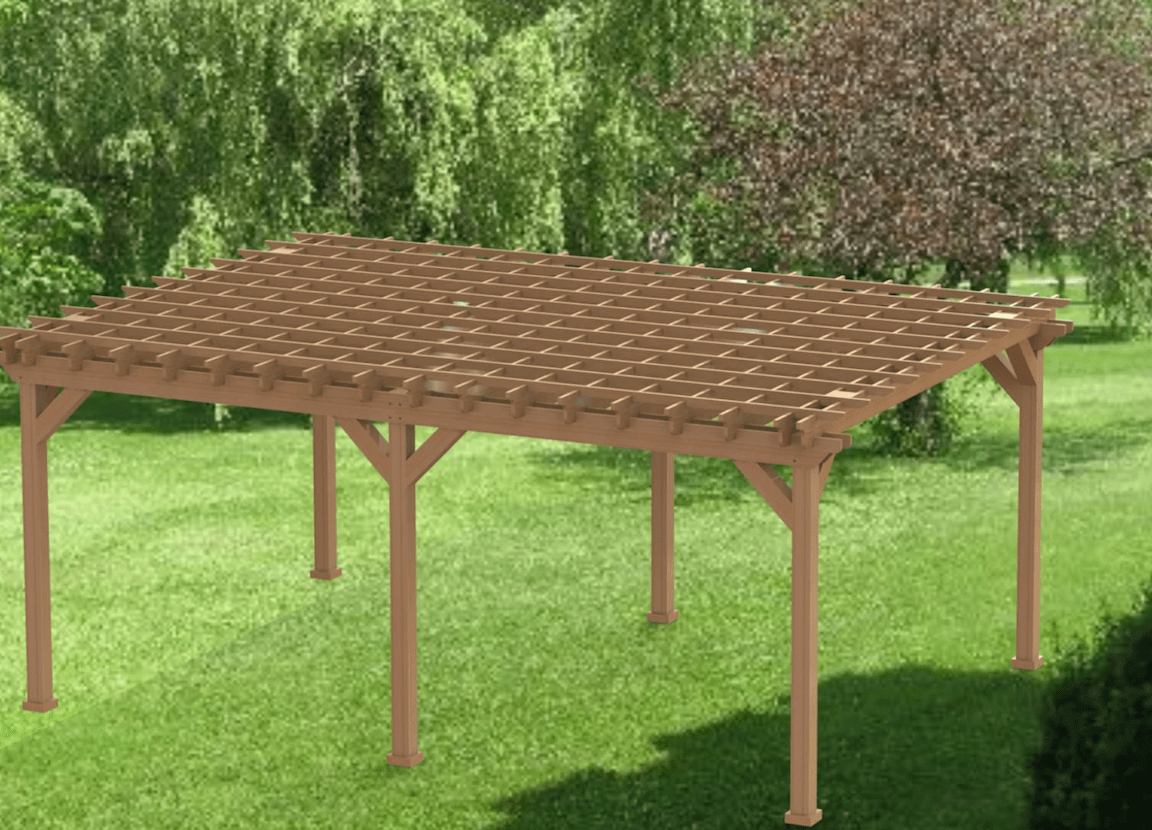
To shade a larger outdoor space, you can’t go wrong with this 20-foot by 28-foot pergola. The full-color plans are a great resource for helping you craft this sizable structure. A materials list, step-by-step instructions, illustrations, and cutting templates are all included with your purchase.
Get the SandmannSpecialties Garden Pergola Plans on Etsy for $16.99.
10. Mini Pergola Bench
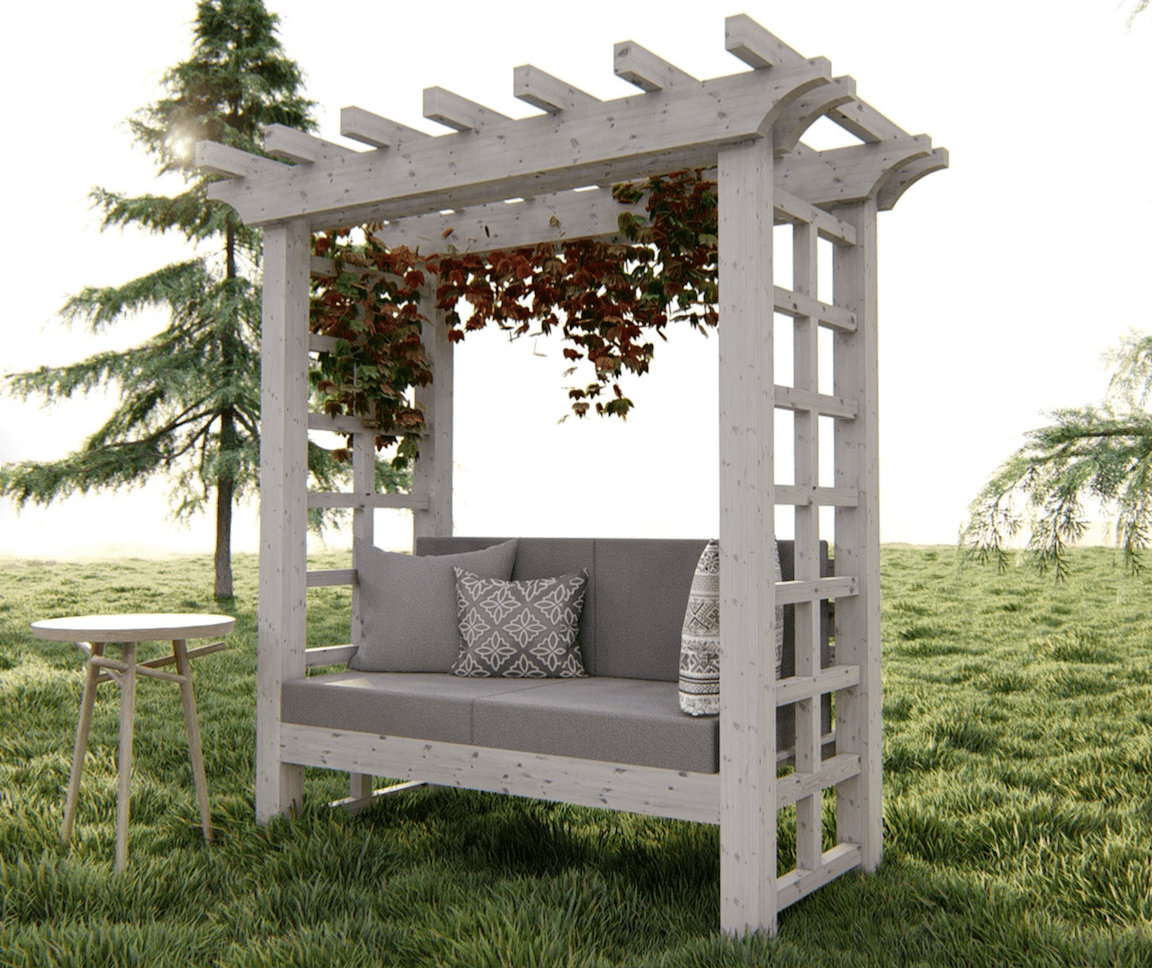
Create a more intimate feel with this compact pergola bench. The clear directions, images, drawings, material and tool lists, and cut list will guide you through making this shady seating area. After the arbor bench is assembled, plant some climbing flowers or ivy to increase its visual appeal and the shade it provides.
Get the LINEAARTS Arbor Bench Plans on Etsy for $9.
11. Garage Pergola
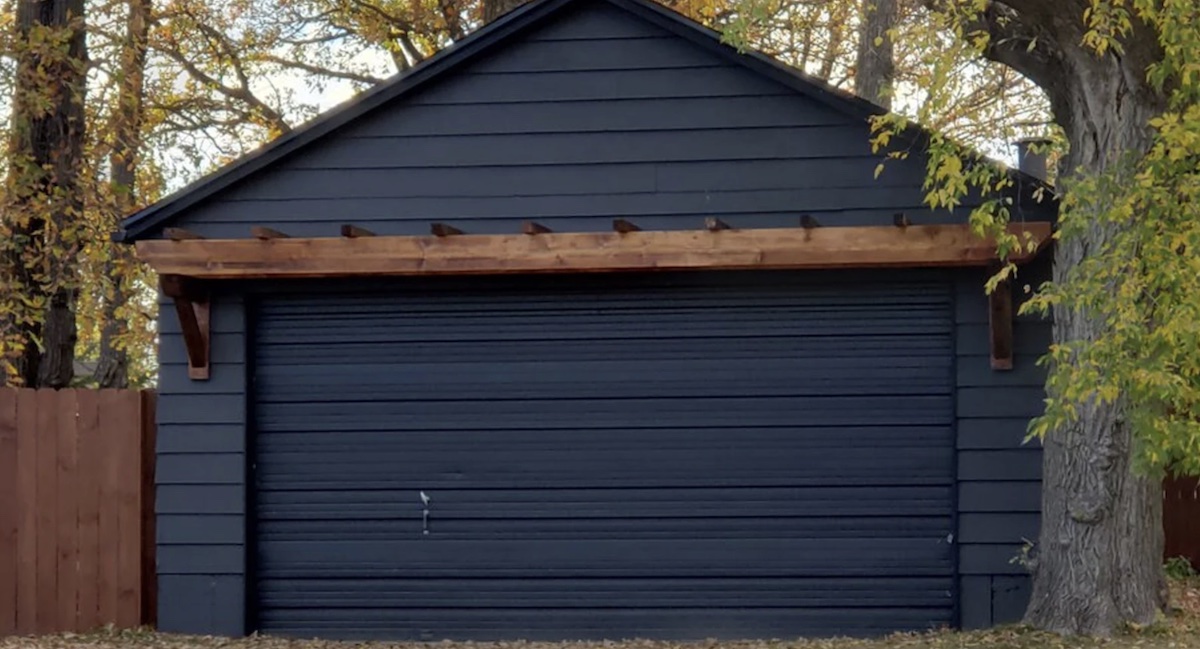
Here’s a pergola design you probably haven’t seen: a pergola that draws the eye to a garage, rather than a backyard. We love that this project involves easy cuts and is, according to the seller, “for complete beginners.” The plans include 2D and 3D renderings, a tools list, and even paint color suggestions.
Get the BruceBuiltDesigns Garage Pergola Plans at Etsy for $9.50.
12. Hammock Pergola
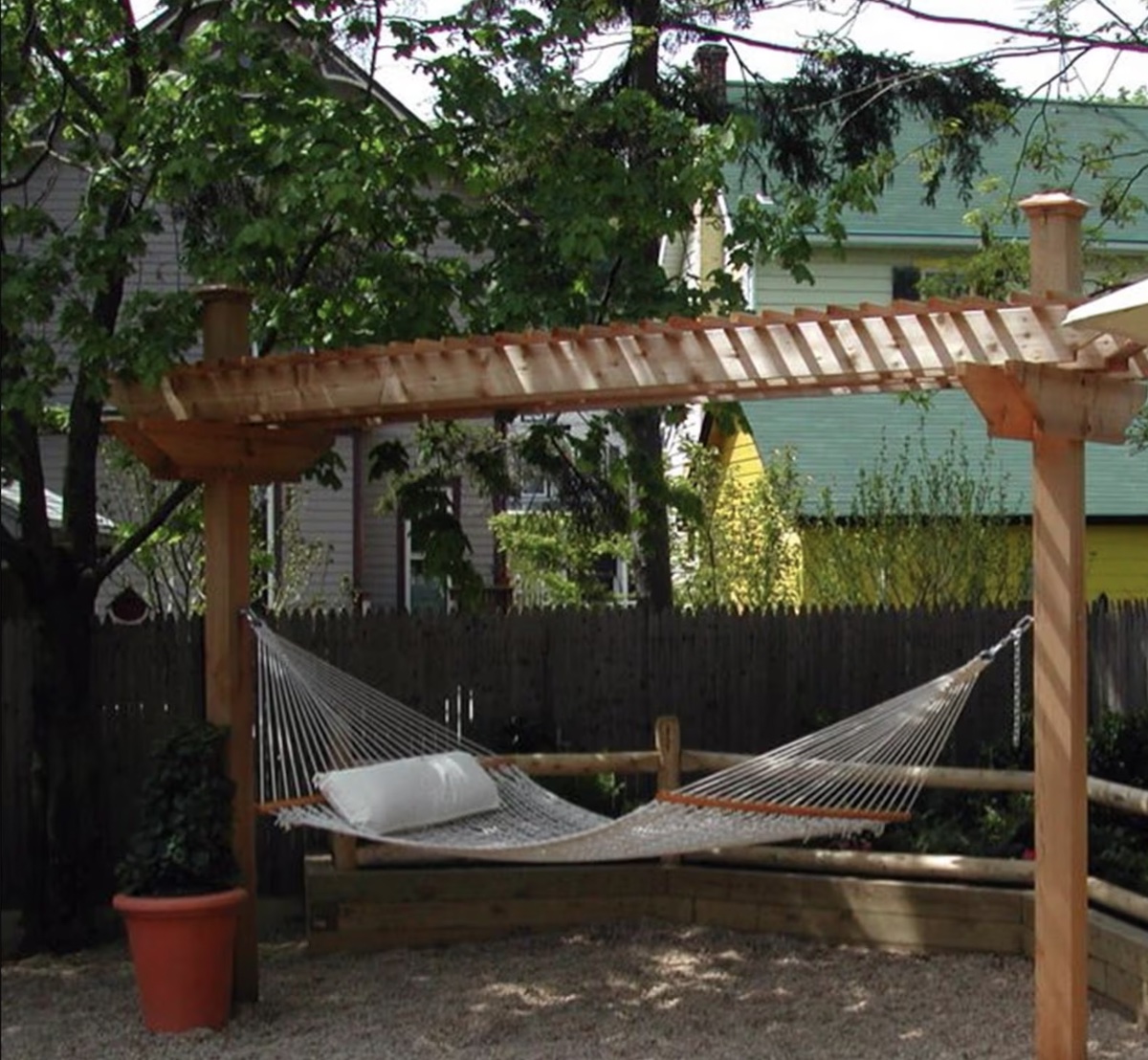
Have a hammock on a stand, but want to upgrade your napping space? Give yourself a little more shade and privacy by building this hammock pergola that’s 8 feet tall, 12 feet wide, and a little less than 2 feet deep. The merchant says the project is suitable for beginners—how pretty would this look with flowers or veggies twining overhead?
Get the WindChimesDecor Hammock Pergola plans at Etsy for $7.49.
13. Ready-to-Assemble Pergola
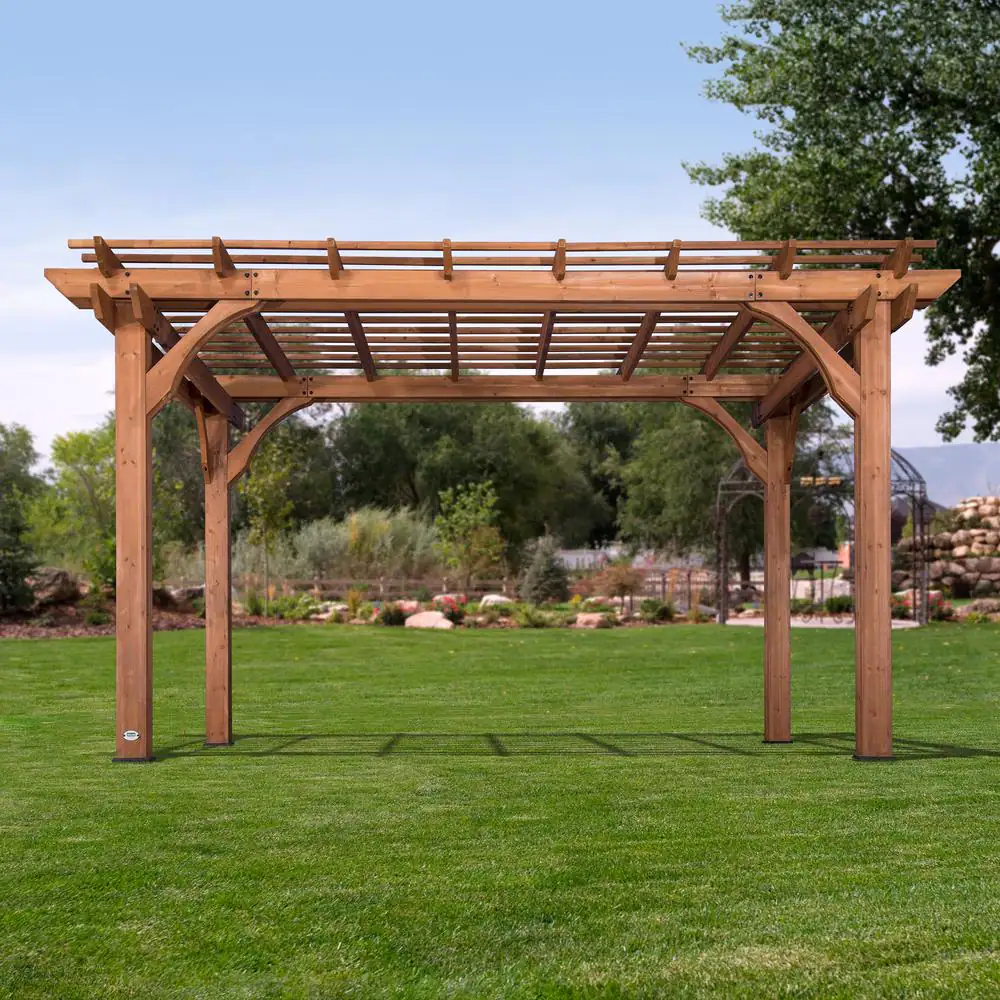
If you’re wondering how to build a pergola but also want to keep the project as simple as possible, consider a pergola kit. Rather than needing to gather all the lumber and make the cuts yourself, this Backyard Discovery kit comes with all the materials you’ll need to assemble a 10-foot by 14-foot pergola for your outdoor space. The pergola is made with durable cedar wood, which resists damage from insects and the elements.
Get the Backyard Discovery Cedar Pergola kit at The Home Depot for $1,299.
The prices listed here are accurate as of June 25, 2024.

